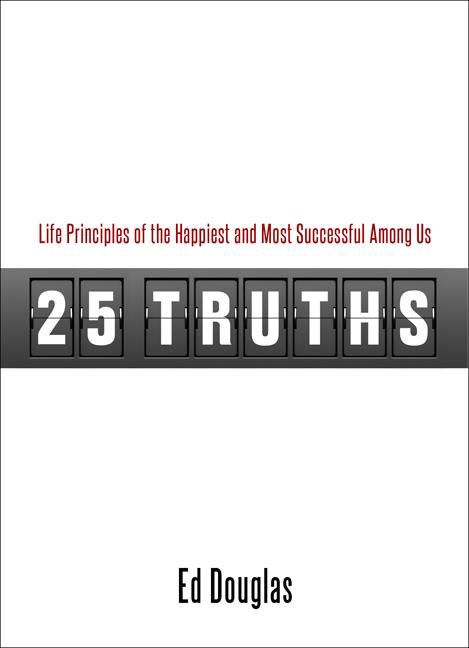 When I was younger, I wanted to be a computer programmer when I grew up. I remember playing with the very rudimentary programs for children but I wasn’t learning enough to ACTUALLY program. Tiger, likewise, has an interest in programming. He has done some programming with Small Basic but wanted more. When the opportunity to review a new computer programming product came up, Tiger jumped at the chance to learn Java and Android programming with the TeenCoder Java Series from Homeschool Programming. Homeschool Programming offers several programming courses on Java, website making, visual basic, C#, and more.
When I was younger, I wanted to be a computer programmer when I grew up. I remember playing with the very rudimentary programs for children but I wasn’t learning enough to ACTUALLY program. Tiger, likewise, has an interest in programming. He has done some programming with Small Basic but wanted more. When the opportunity to review a new computer programming product came up, Tiger jumped at the chance to learn Java and Android programming with the TeenCoder Java Series from Homeschool Programming. Homeschool Programming offers several programming courses on Java, website making, visual basic, C#, and more.



I received the Java Programming (1st Semester), Android Programming (2nd Semester), and 2 optional instructional DVDs for review. The TeenCoder Java series is a self-study course intended for 9-12th graders who are interested in learning the Java language, may need a computer course for high school, are possibly interested in taking the AP computer science exam, or are interested in computer programming as a career. It can also be used by adults or younger students if they are motivated, can understand some pre-algebra or algebra, and have a parent who is willing to jump in and assist if necessary. Because of Tiger’s previous exposure to programming, I figured he would be ok in this course. I was right, although it was challenging for him.
Java Programming assumes that a student has no programming knowledge but has a basic understanding of how to navigate files and folders, run programs, and have basic computer operating knowledge. In Tiger’s case, he didn’t understand navigating file directories before beginning (he only knew how to navigate folders through the Start menu or desktop folders). This caused a minor hiccup for him. Once I taught him the skill of file navigation, he was off and running. Each text is intended to be used for a semester. The two books within the series build on each other, so it is advisable to use the Java semester and then continue on to the Android programming.
Setup was fairly easy. First I installed a small packaged from Homeschool Programming that contained my student manuals, solution guides, student menu. The student menu contains the activities, activity source code for some of the more complex codes, and bonus materials. The Bonus Materials in the Java programming portion include a few extra lessons as well as information on preparing for the AP Computer Programming exam. The Android materials include the solutions, activity source code, activity instructions, and some supplemental documents for a few of the activities. The Solution menus contain multiple choice tests on each chapter and solutions to activities. Both the Java and Android courses require the installation of free 3rd party programming utilities. The installation is covered in the text. Instructions for installation, or to learn about Eclipse and Java Development Kit, can also be found here. The lessons give very clear instructions on how to install the programs. The only caveat was the command prompts at the beginning of the Java lessons which I needed to help Tiger with. If I had not had a very rudimentary knowledge of command prompts or the previous instructions in the installation hadn’t been followed exactly, I would have been frustrated. I didn’t realize at the time, but there is a PDF document dealing with command prompts on the website that would have been helpful for Tiger.
The text is written in a very easy to understand manner and the author attempts to put the complex world of computer programming into plain English complete with screenshot illustrations. The Java text moves from explaining what computer programming is, code of ethics of programming, and then simple programs to more complex programs. Each program builds on the previous lessons. The final project is programming a game of Jailbreak, a game with similarities to chess and other two player grid games. Similarly, the Android Programming assumes a basic knowledge of Java programming and then progresses through more and more complex lessons related to programming for Android devices. The final project is a simple game called Maelstrom where the goal is to match animals to avoid getting them into the whirlpool. Samples of the text, solution guides, and table of context can be found on the website.
The optional videos are not necessary for completing the course. They are supplementary materials intended for those who benefit from some audio/visual examples. The videos only contain a small portion of the information contained in the text. Tiger found it helpful to read the text and then refer to the videos if he was confused about how to do something.
Tiger has been enjoying this curriculum. He does have a tendency to rush through the reading and not really absorb it- his rushing negatively impacted his experience slightly. When he would rush through reading something or not totally understand a concept, he often tried to keep going and then he would get totally stuck because he needed the prior information. Neither of these reflect on the curriculum, it is just who Tiger is. Once he backed up, with help from me, and understood the concepts, he was joyfully off and running again. Even though I wasn’t taking the course, I was able to backup a few pages, read it with him, and discuss it. I really appreciated that the text is written in such a manner that while I would not be successful programming mid-chapter, I was able to understand enough to get him untangled and moving forward again mid-chapter.
I really liked that this course does not spell out the entire program for the student to copy. It teaches tools and then encourages the student to try them out using various programming tools. The activity guide gives all the details of the parts needed to be successful but doesn’t just list the program to copy. There were only two things I think could have been improved. One is I would have liked to see was a pronunciation included with the definitions of new terms. Also, at times a crucial step would not be illustrated while less crucial information would be pictured. Having the videos really helped in cases like this.
Overall, I think this is a solid program that gives a foundation for both Java and Android programming. After looking over the curriculum and watching Tiger use it, I think it is time for me to start learning Java programming. I have an Android app idea rattling around in my head. Watch out Tiger, I might be taking over your programming curriculum! Maybe I really will be a computer programmer when I grow up.
Homeschool Programming TeenCoder Java Series is available as a bundle for $155. This includes both the Java programming and Android programming as well as the Instructional DVDs. Just the Java and Android programming courses without DVDs is $130 and just the DVDs is $30. Be sure to check out the other reviews on this one. Members of the crew reviewed not only the Java series but also the KidCoder Visual Basic Series, KidCoder Web Series, and TeenCoder C# Series. There is something for everyone interested in learning to program.


















































